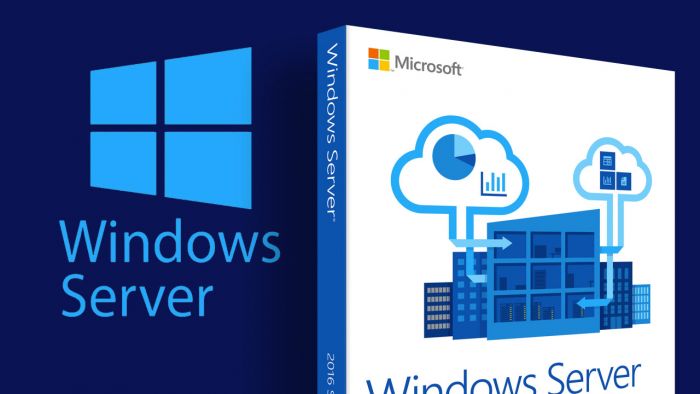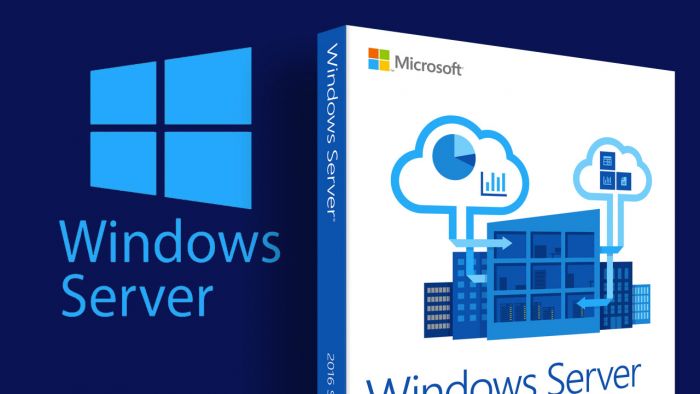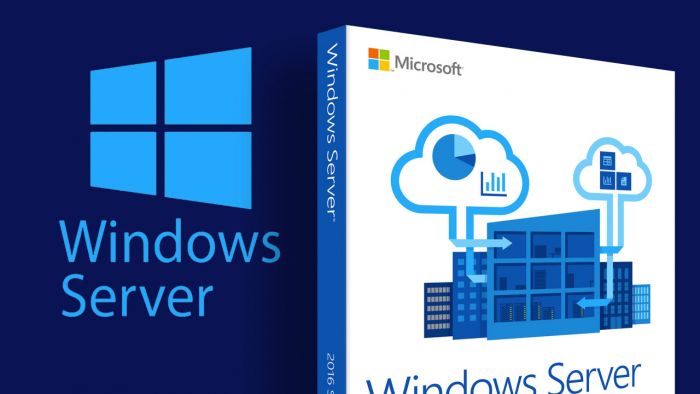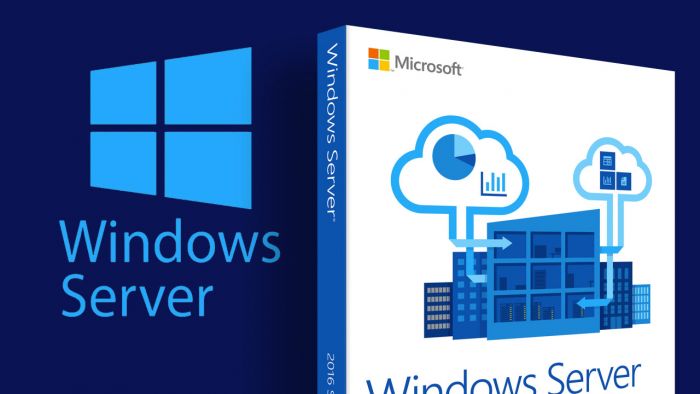
Comparison of Windows Server 2016 and 2019 – What's The Difference?
Microsoft finally launched the highly anticipated Server 2019, which has been ready for download by the general population since the latter part of 2018. How is this latest version different from the Windows Server 2016? Read on to find out.
The announcement for Windows Server 2019 was in March 2018, but it was first available for download later in the year. The general public has been downloading it for a while. If you are also considering downloading it, then you need to know how to register for Microsoft’s Windows Insider Program. From a distance, there is not much difference between Windows Server 2019 and its 2016 version, mainly because most of the features are the same and it is based on the same principles as the 2016 version. However, there are some improvements in the previous features, and some new features have been added.
Windows Server 2016 vs Windows Server 2019
Windows Server 2016 was the fastest server ever produced by Microsoft when launched. Windows Server 2016 Identity and similar courses helped to make people fluent in this server. The 2019 version takes it another step forward by improving core areas like security, hybrid, hyper-convergence, and the application platform.
New Features in Windows Server 2019
The 2019 version includes the following new features that were not part of the 2016 version:
- A storage migration feature that helps migrate data from the legacy platform to the new 2019 platform
- System insights that offer predictive analytics based on AI, which helps to lower operational costs of managing the platform
- The Azure network adaptor, which provides connectivity to virtual VPN networks
- An improved authentication system that helps create new opportunities to use the account for cloud authentication
- Nested parity, which prevents the breakdown of 2-node clusters even after multiple failures
- USB drive serves as a cluster witness
- Data deduplication, which helps to maximize the use of free space
- Monitoring of memory and server storage at the cluster level
- Creating large clusters while maintaining resiliency
- Persistent memory that offers reduced latency in data storage and retrieval
- A centralized network controlling mechanism
- Faster connectivity among virtual peer networks
- Faster SDN gateways
- PTP feature, which gives more accurate time samples
- Leap second support
- Latency optimized control for managing bandwidth availability
- Shielded virtual machines
- No requirement of NTLM to run the Windows Server

70-744 - Securing Windows Server 2016
On DemandThis is an advanced level certification course which aims to guide IT experts regarding the techniques which they can use to improve the security of the IT infrastructure which they administer.
Explore CourseImproved Features of Windows Server 2016 in 2019
The following features are an improvement over the 2016 functionality:
- A single management interface to facilitate monitoring and network configuration
- An improved S2D feature that offers scalable storage up to 64TB in the 2019 version
- Mirror parity that improves performance on direct deployments
- Storage replication to help in disaster recovery
- File witness sharing on the cloud infrastructure
Windows Server 2019 is based on a hybrid approach for data movement, which was lacking in the 2016 version. This means that the cloud solution can work simultaneously with the on-premise version.
While Windows Server 2016 installation was simple and used Active Directory for data backup, the 2019 version uses AI and the IoT to synchronize and backup data in a more secure way. Moreover, the 2019 version integrates with Project Honolulu, which gives a flexible platform to the user.
We offer both
Better Security
The Windows Server 2019 is a leap over the 2016 version when it comes to security. While the 2016 version was based on the use of shielded VMs, the 2019 version offers extra support to run Linux VMs. In addition, the 2019 version is based on the protect, detect and respond approach to security. VMConnect offers additional support to troubleshoot common networking issues.
Another useful addition is the Windows Defender Advanced Threat Protection (WDATP) feature that amplifies the preventive aspect of the system’s security application.
Improved Applications
The Windows Server 2019 offers enhanced experiences for developers to improve their output. The introduction of containers along with subsystem means that developers can also create programs using Linux with as much ease. The 2016 version also had the containers feature, which developers received enthusiastically and is evidenced by the thousands of images that people have downloaded from the system. The 2019 version made the container more efficient by creating a smaller core of the base, which improves user experience.
Hyper-Convergence
The 2016 version introduced hyper-convergence of the infrastructure with the cooperation of the best vendors in the industry. This proved to be a great success in the market, and the latest version retains this as well. Windows Server 2016 – Networking was another popular feature, and the 2019 version improved the functionality of the server. Server 2019 takes it forward by adding new features and functionalities to it.
The scale of the infrastructure has been increased, and there have been improvements in performance and accuracy. This makes the 2019 version more attractive and beneficial for clients than the 2016 version. User support has also been enhanced in the latest version. The interface has received a facelift with the help of Project Honolulu and direct storage. These features are, however, more useful for large businesses than for small businesses.
Upgrades
Compared to the 2016 version, Windows Server 2019 offers greater functionality in terms of security through the advanced threat protection feature. This provides better safeguards for early detection and management of security threats. It also offers better support for the encryption of network portions. This ensures that inter-server security improves as much as security within the server. No doubt, 2019 is more expensive than its predecessor.
It is also possible that the cost may go up when Client Access Licensing is added to the mix. Since Windows Server 2019 has been developed largely as an improvement over Windows Server 2016, there is not much difference in how the two systems operate. Nonetheless, there are new features as well as some modified ones, which this review identified.
Final Word
The decision to invest in the 2019 version would depend on which of the added functionalities will add value to your business. Some of the features may enable you to add more services or offer better output to your clients. You may even decide to wait until a year after launch to see the impact this has had on other businesses similar to yours before you decide to download it for your organization.
Feel free to connect with QuickStart's domain experts for Windows Server 2019 training or Windows Server 2016 training. Start your training journey now.
Top IT Ops & Management Courses
-

Windows Server 2016 Security Features
Intermediate On Demand -

Windows Server 2016: Advanced Networking
Intermediate On Demand -

Windows Server 2019 Administration (WS-011T00)
Intermediate5.0Virtual Classroom -

Windows Server 2019 Hybrid and Azure IaaS (WS-012T00)
Intermediate Virtual Classroom
